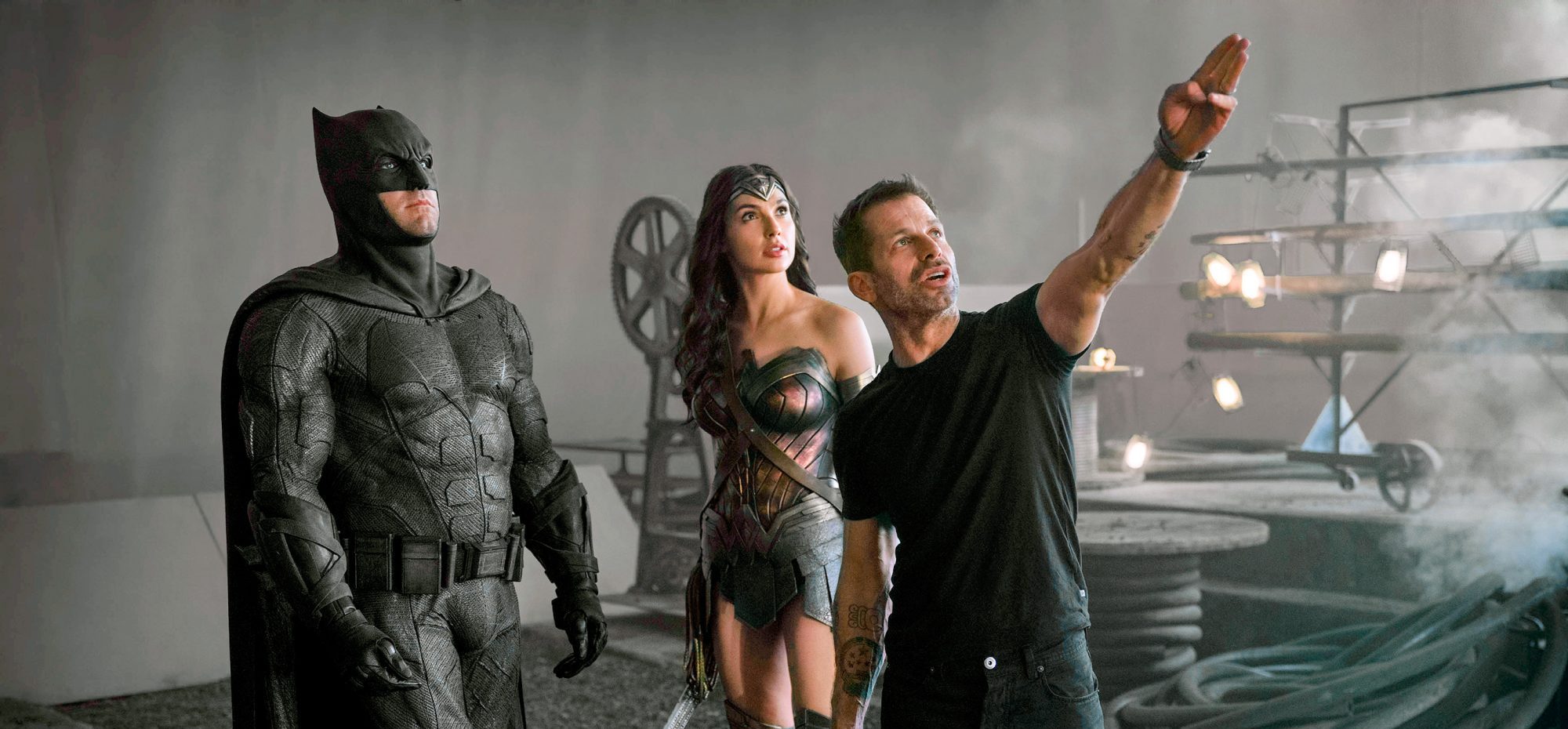Table of Contents Show
Zack Snyder’s Justice League: Justice is Gray was released on March 18th, 2021. Informally known as the Snyder Cut, it stands as one of the most unique films ever released for several reasons. For one, its four-hour runtime makes it not only the longest comic book-based superhero movie ever made but a pretty long film in general. And for another, it kind of already came out in 2017. In November of 2017, Justice League came out in theaters to lukewarm critical and casual audience reception. The original director, Zack Snyder, had stepped away a little more than midway through the production process due to the death of his daughter, and Joss Whedon, known for directing the first two Avengers films, stepped in for post-production. Soon after the film came out, dissatisfaction with the final product led fans to spread rumors online that Zack Snyder’s true vision for the film still existed. Thus began a long and ultimately successful campaign to #ReleaseTheSnyderCut.
So What Is The Snyder Cut?
Sometime after Justice League was released in theaters, Zack Snyder on social media alluded to the fact that the version of the film he had filmed had many differences from what was released. In time, fans of his work and the DC film universe clamored for Snyder’s version of the film to somehow be released and seen by the public. A fan-made website was even developed to promote the cause. However, while some fan efforts were more admirable and benign, the movement was not without its issues. Much more sinister and impassioned actions were taken by fans, such as sending death threats to various crew members who were involved with Justice League. The origin of the movement itself was also arrogant in its assumption that there was a Snyder Cut to be released, that the world had been wrongfully deprived of something that could be remedied. Even though eventually the movement’s might produced positive results, it makes one wonder why this contingent of fans found success compared to others in the past who have found contention with decisions made by big studios or franchises.
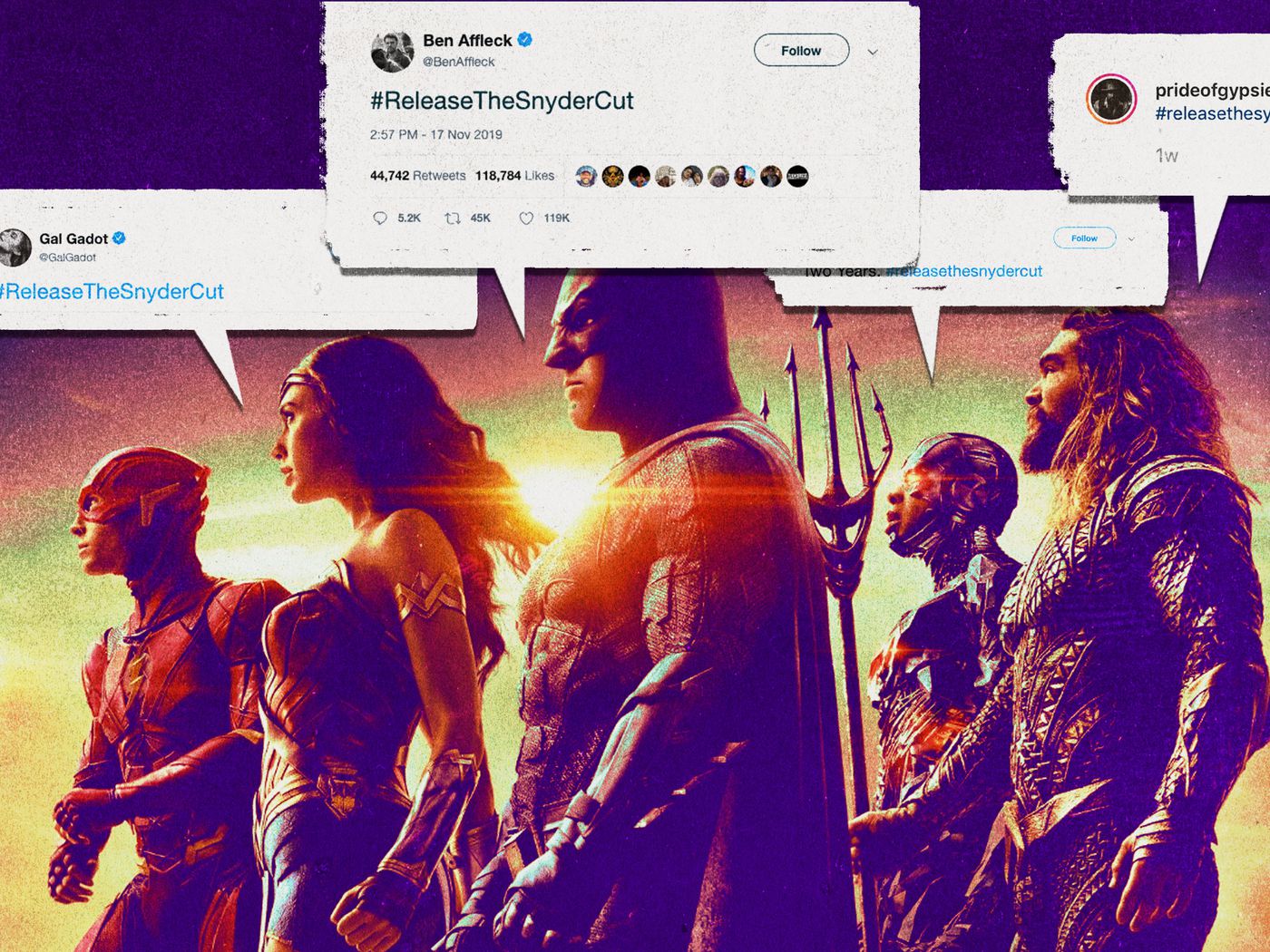
Indeed, in May of 2020, Warner Bros finally announced that Zack Snyder’s version of Justice League would release on HBO Max eventually, with reportedly around $30 million allocated towards finishing post-production (( Abad-Santos, Alex. “The History and Future of the Snyder Cut of Justice League, Explained.” Vox. Vox, May 27, 2020. )). To name a few general differences: the movie was longer, about twice as long as the initial two-hour-long Justice League. It was divided into six chapters of varying lengths, plus an epilogue. It was also rated R, compared to the initial PG-13 rating.
Content-wise, the movie was almost a whole other beast. Arguably, the movie displayed much more of Zack Snyder’s “vision” for it, compared to the shorter theatrical version that, according to criticisms, pandered to casual audiences more. This vision included perhaps several directorial decisions that didn’t leave the impact Snyder might have hoped for but overall represented his more personal and creative aspirations for the film than Whedon’s approach geared toward wide acceptance. This isn’t to say that the Snyder Cut is better in every way than the theatrical version— but even with its flaws, the Snyder Cut is a more thoughtful and explorative movie than the Whedon version.
What Did The Snyder Cut Do Well?
Regardless of the fact that its release was a product of fan demand, the Snyder Cut is still just a movie like any other, with its own merits and pitfalls. It will be analyzed as such, and only here and there superficially compared to Joss Whedon’s version for reference and contrast.
An Expansive, Epic Story
The additional two hours of the runtime was by no means filler — the Snyder Cut’s story was a marked expansion upon the abridgment presented in the theatrical cut. While both movies began and ended at more or less the same points in time, the secondary story of Steppenwolf’s (voiced by Ciaran Hinds) climbs back up into Darkseid’s (voiced by Ray Porter) good graces was only hinted at in the theatrical version, whilst the Snyder Cut it was displayed front and center. The overall growth in lore in the Snyder Cut was exemplified in a variety of scenes, such as Diana’s (played by Gal Gadot) exploration of the underground Amazon hall and the battle sequence of Darkseid’s first invasion. As fans of Snyder are likely to agree, this storytelling was much more comprehensive and thorough than the initially-released Justice League’s, going from just a struggle for Earth to a conflict of galactic proportions. It made the movie feel bigger— paying more attention to the worlds of all the main characters received further dimensionality and exploration. We saw more of Atlantis, Themyscira, Central City, and Gotham, helping to further flesh out each character differently. Thus, the worlds within the film became more distinct and interconnected, making the overall setting feel more concrete and tangible to the audience.
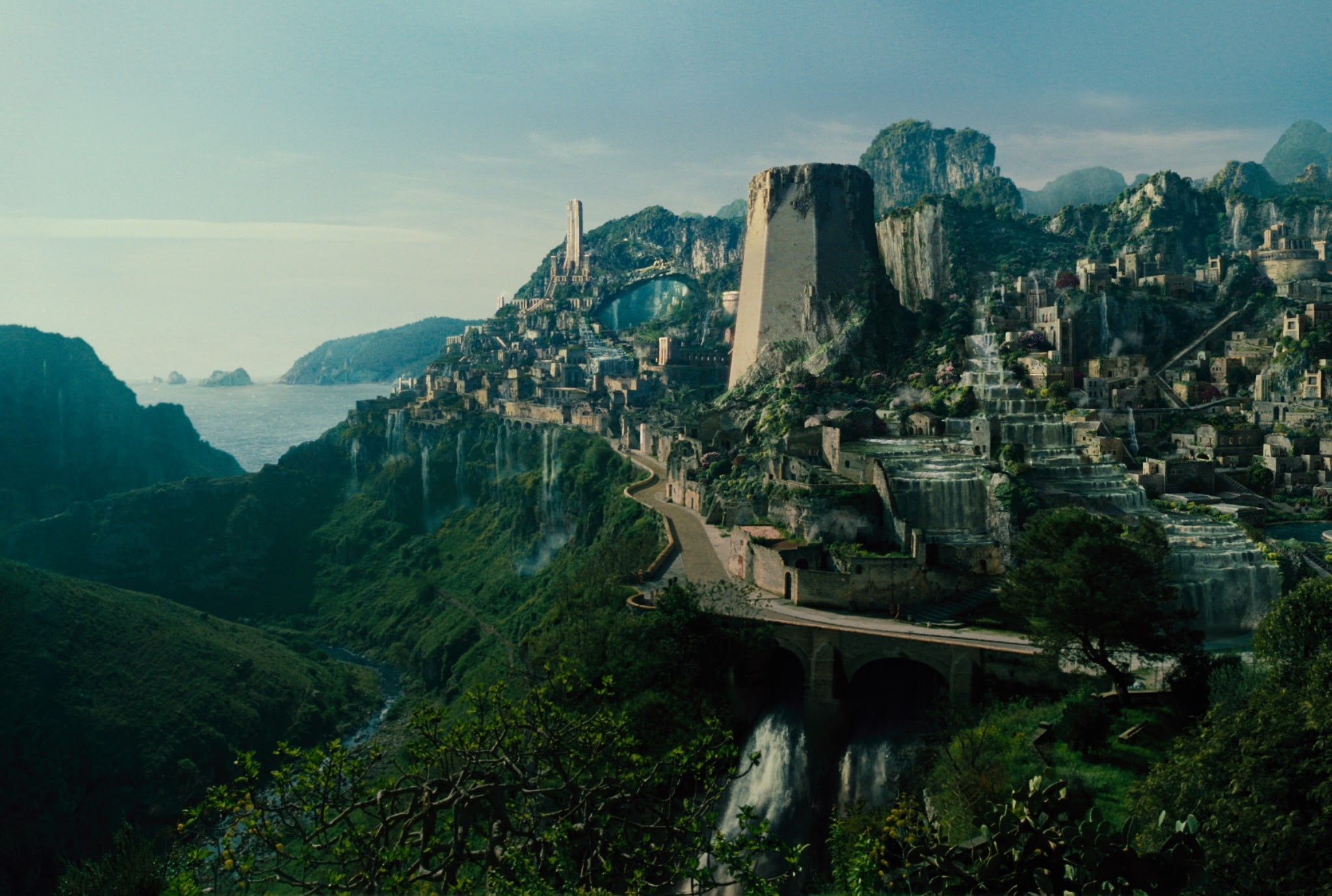
The Apokoliptian landscape was what seemed to receive the most thorough development compared to the theater version of the film. We didn’t actually see much of Apokolips itself, save from a short scene with Darkseid in all his dreadful glory in presumably a hall of his palace. But Darkseid became a much more prominent figure in the Snyder Cut. Despite the chaos and brutality, he wreaked on Amazonians and Atlanteans alike, Steppenwolf became slightly diminished compared to the unseen terror of Darkseid. We were offered only a slight glimpse of his power in the flashback scene to his first invasion, but perhaps it was even partly because we saw Steppenwolf constantly abasing himself to this figure whom we knew so little about that the audience was even more impressed with Darkseid’s power. Thus although Steppenwolf showed himself as a force to be reckoned with in the movie, the audience’s eyes were opened to a much more threatening force by including Darkseid in the film.
The movie thus struck an optimal power dynamic between Steppenwolf and Darkseid. Steppenwolf was clearly a force to be reckoned with— from cleaving Amazons and Atlanteans with his battle axe to taking on both Aquaman (played by Jason Momoa) and Wonder Woman in a fight Steppenwolf was clearly no mere lackey for Darkseid. He would’ve taken Earth with ease if it were not for the combined efforts of every member of the Justice League. One mistake that the Whedon version made in depicting Steppenwolf was having him die to his own Parademons because they could “smell his fear” (( Justice League. DVD. England, Iceland: Warner home video, 2017. )). The Snyder Cut thankfully kept his image strong until the very end, where it took Superman’s return to finally defeat him. Because he remained such a threat to the very end, the audience earned a much healthier respect for what Darkseid might be capable of, accurately translating the threat of Darkseid from the comics to the big screen.
Natural Progression
Furthermore, the slower pacing of the film helped the Justice League coalesce in a much more natural manner. While the progression of each member’s willingness to join up remained largely the same, the film gave the audience more time to see them come together, depicting a more realistic timeframe for reluctant characters such as Cyborg (played by Ray Fisher) and Aquaman to come around. The additional world-building that helped space such plot points outworked in tandem with the more natural timeframe to generate an overall less manufactured, more grounded aesthetic to the proceedings, again contributing to the film’s tangibility to audiences.
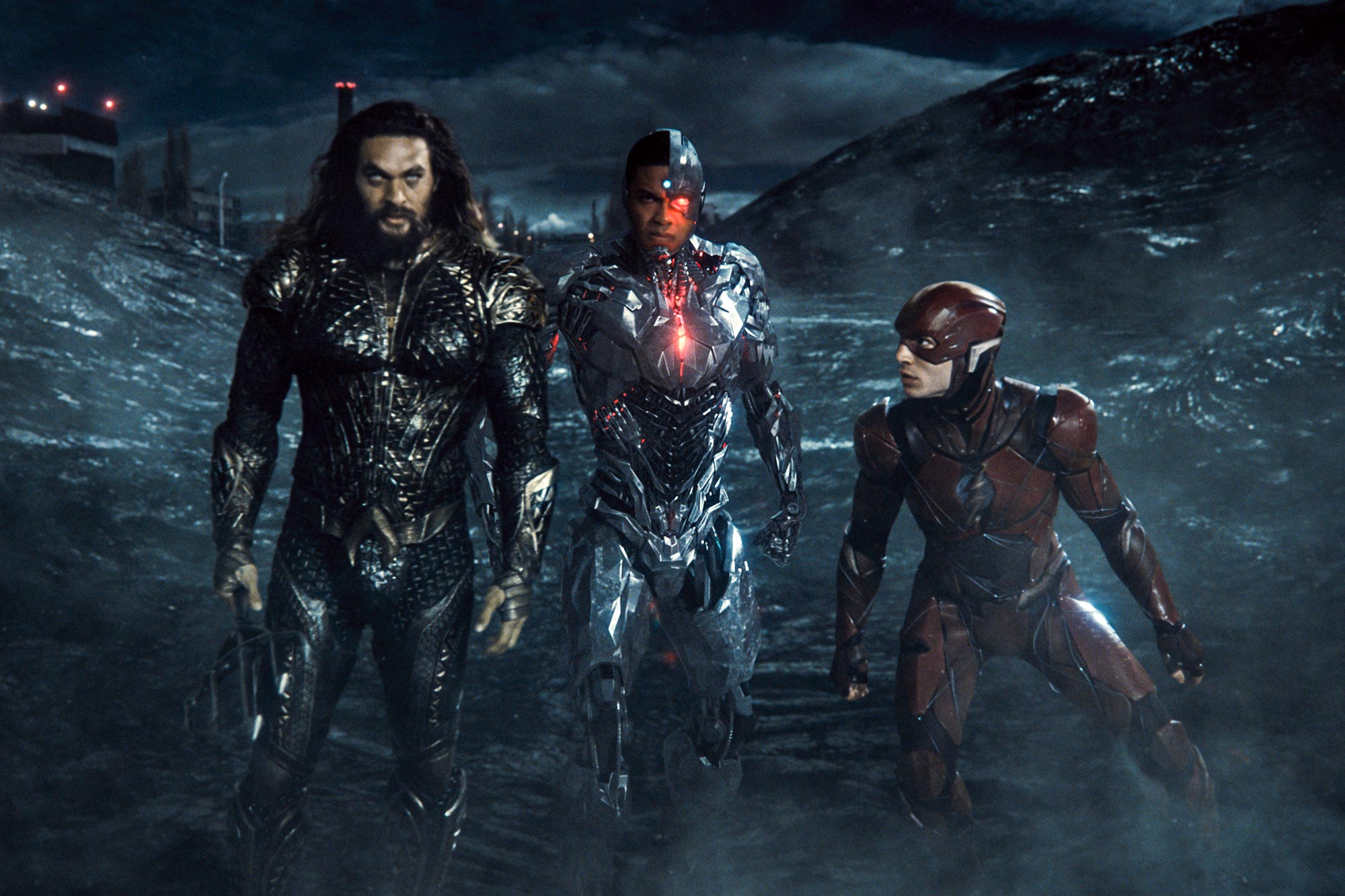
Richer, More Significant Character Development
What’s important to note is that this added depth wasn’t just showcased by additional fantastic sequences of aliens and superpowers fights. Character development saw a significant update in the Snyder Cut. While not all characters received the same amounts of screen time boost or comparable arcs, the improvements that were made especially benefitted new characters to the cinematic franchise, such as The Flash (played by Ezra Miller) and Cyborg. The character development worked especially well when it contributed naturally and significantly to driving the plot forward. And for the more established characters like Superman and Wonder Woman, we saw smaller but still notable dimensionality expansions to their characters, such as in playful banter moments between Bruce and Alfred or Diana’s guilt about having been so distant from her sisters on Themyscira.
Music And Effects
The soundtrack and visual effects of both films established an epic, thrilling story for the audience. The Snyder Cut did not make major improvements in that department, even though the producers for each film’s soundtrack were different. Several pieces of audio that played throughout the Snyder Cut were especially noteworthy, though. For one, upon arriving at Superman’s ship, a heavy cello or bass up-and-down stroke struck a grave tone for the scene, a piece of audio that was used in 2013’s Man of Steel and Dawn of Justice. This was a nice callback to those previous films, a recognizable Superman theme that conveys the power and gravity of the Man of Steel.
Another exquisite musical choice for a scene was the ensemble that precipitated Flash’s run through time in the final act of the film. The reverberating, quick electric notes that initially set the wonder of the scene, soon accompanied by the larger string instruments that brought out the intensity of the moment, interspersed with various cool “speed” sound effects — was nothing short of amazing. The song, called “At The Speed Of Force,” made the scene that much more majestic when accompanied by the brilliant visuals of Barry’s path literally materializing with every step he took and the veritable supernova in front of him being gradually reversed.
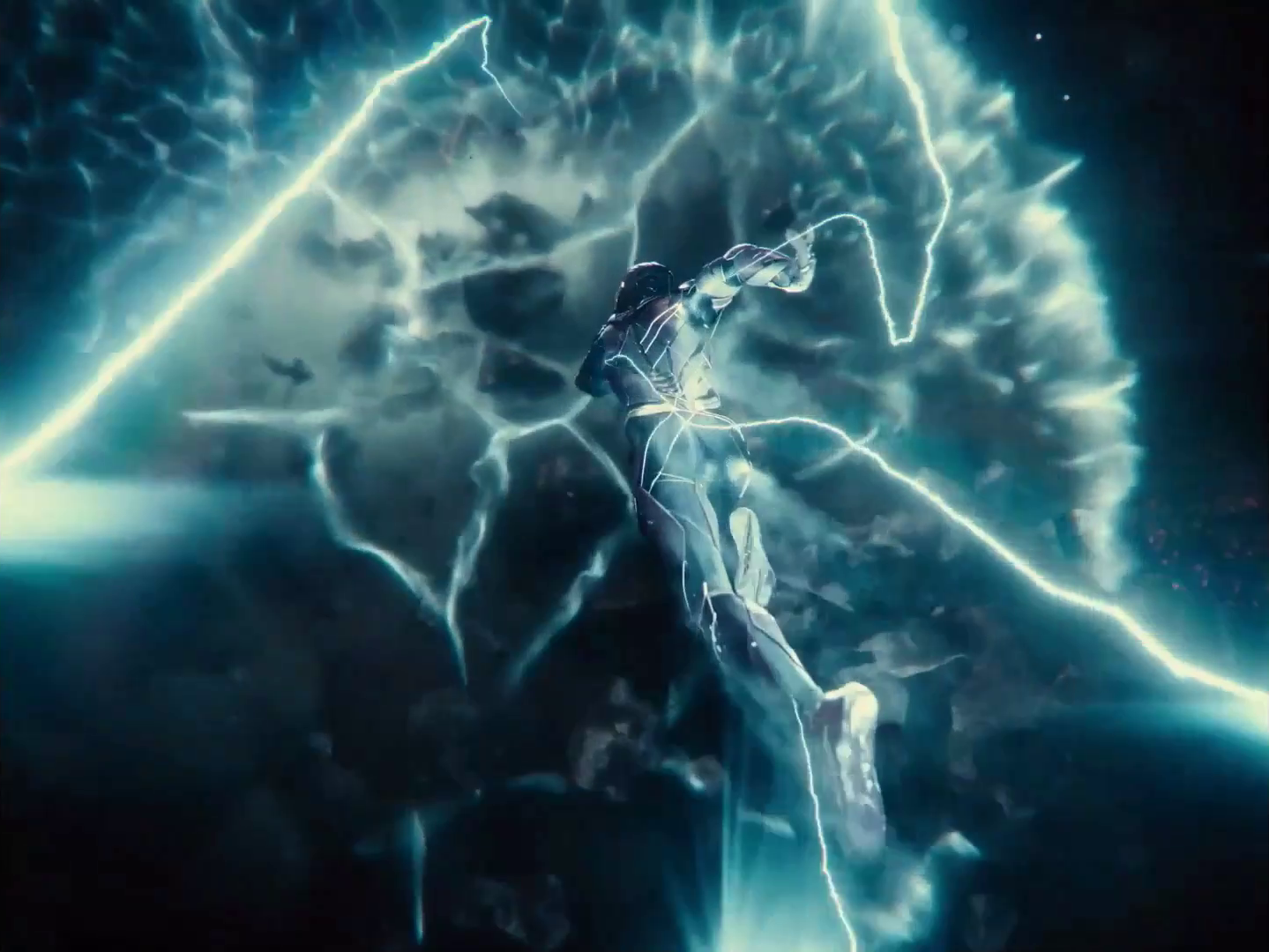
The CGI and visual effects of the movie were great. In some instances, it was a little disappointing to be able to discern how the textures of some fantastical sequences weren’t one-hundred-percent realistic, such as peering into Darkseid’s hall or watching underwater sequences of Aquaman. Still, nonetheless, they were more often than not superb. Especially in that final sequence with the Flash, that sequence cannot be emphasized enough as a Flash fanboy.
Iffy Aspects Of The Snyder Cut
One man’s vision is never a perfect one, and despite how his fans clamored for it, Zack Snyder’s vision for Justice League was no exception. Dawn of Justice had its flaws, and so did the Snyder Cut. While they were vastly outweighed by the other elements that worked to elevate the film, they’re still worth mentioning.
Pacing Issues
Surprisingly, the development of the plot did not feel terribly drawn-out or slow, despite the lengthy runtime. As aforementioned, filler was not a huge problem in the Snyder Cut. But the way particular sequences were choreographed and the pacing of certain moments at times disrupted or stalled the momentum of the film. Take the London bank robbery, for instance. While it was utterly hair-raising to watch Wonder Woman in action, the scene was viewed less like a dynamic fight sequence and more like a cheesy, drawn-out “will-they, won’t they, but we know they will” of Wonder Woman and some thugs. Granted, this flaw in writing is not an uncommon trope to action and superhero genres in general. But it didn’t make it any less sigh-worthy when the bad guy had a full minute to load up his machine gun and threaten to shoot the civilians before Wonder Woman descended through the ceiling in the nick of time to protect the bystanders.
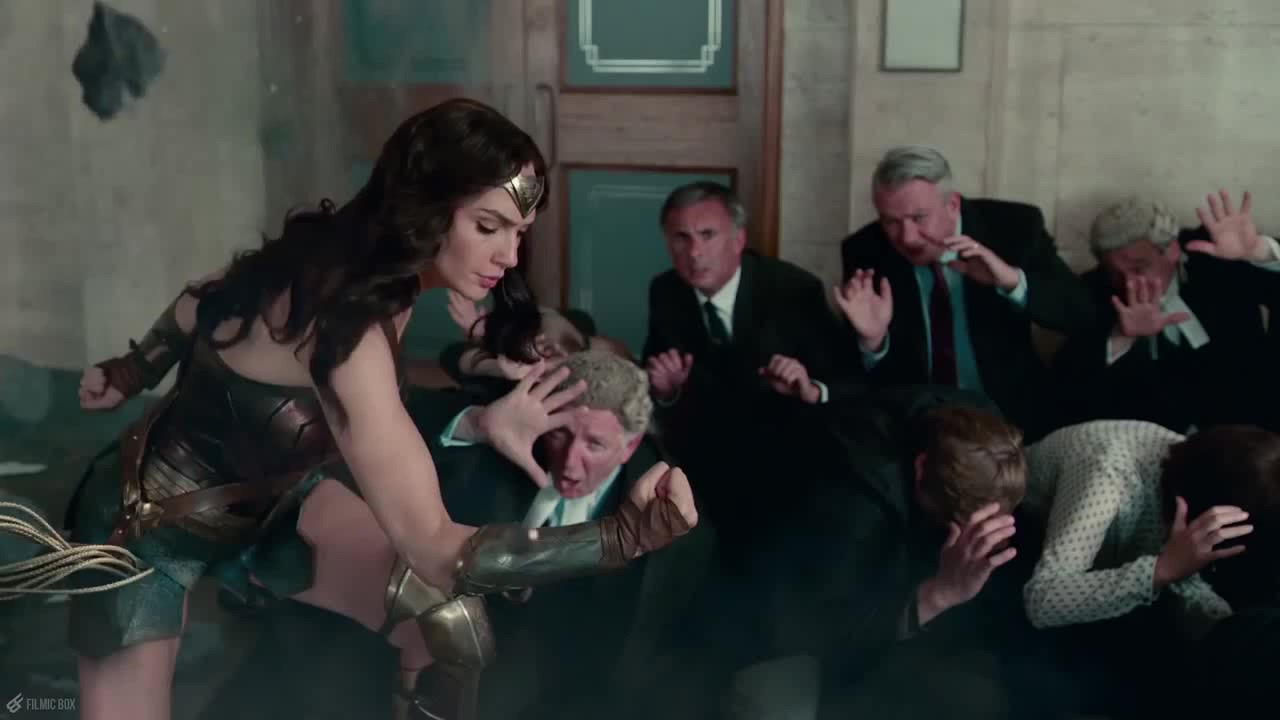
Scenes that could’ve been more concisely written and paced were scattered throughout the movie. They aren’t the biggest cinema sin — they sometimes served to emphasize a moment for dramatic effect. They only constituted a minor concern I had with the movie and didn’t detract in any large way from the larger story. But let it be said that The Flash and Batman did not need to turn around and spend ten seconds watching Aquaman hold back the water that threatened to drown them all as they made their escape.
Wonder Woman’s New Theme
Fans worldwide recognize the pounding electric cello that accompanies a Wonder Woman action scene in recent films. It’s thrilling and distinct, any viewer would be hard-pressed to suppress their goosebumps when it plays. In the Snyder Cut, however, Diana received yet another theme to accompany her heroics: the powerful ululations of a woman that were reminiscent of many a soundtrack for films about times of antiquity. The theme was clearly meant to evoke Ancient Greece and Diana’s origins in an exotic, uncanny way. And its novelty may have served it well in the first bank fight scene, and maybe a couple of times after.
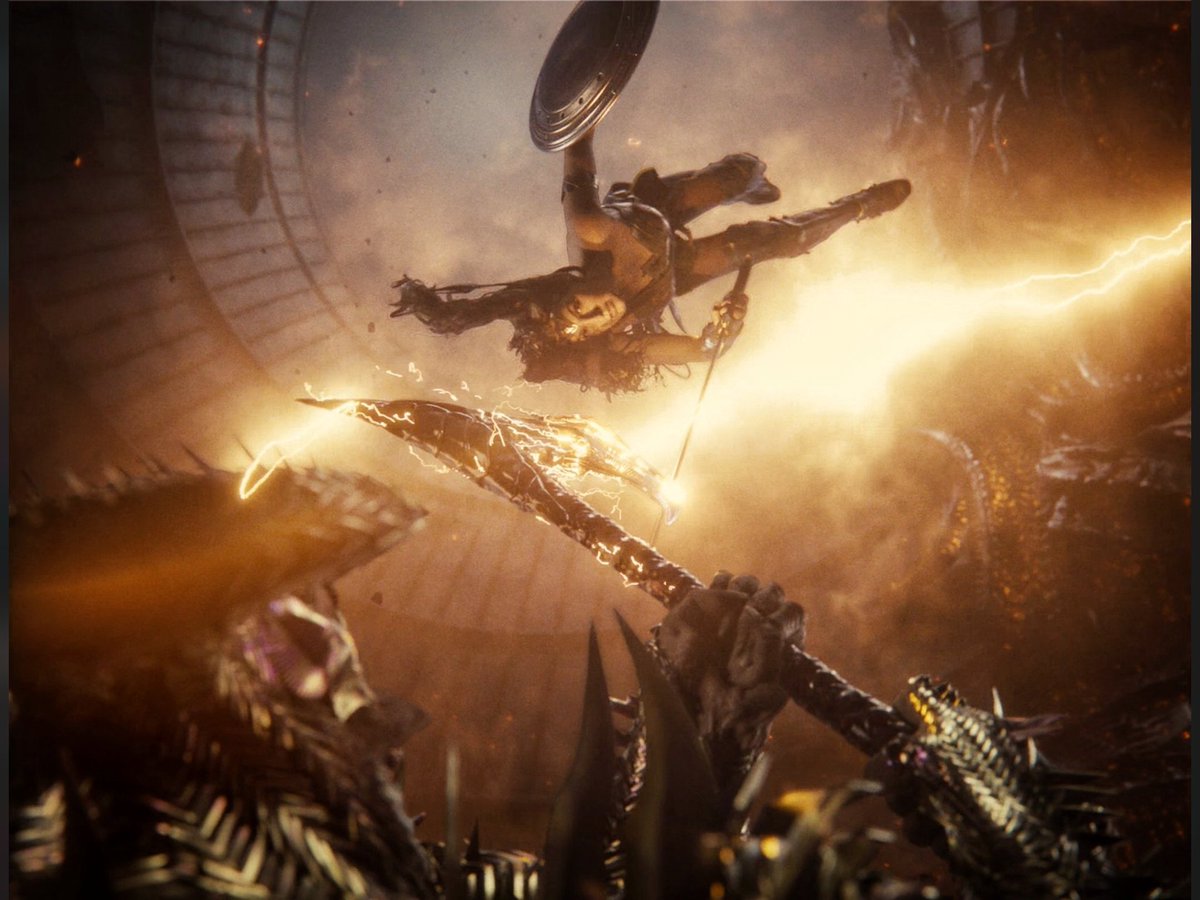
But its occurrence throughout the movie not only to accompany Wonder Woman into action sequences but recurring several times within a sequence whenever the focus was turned back to her became repetitive, obnoxious, and annoyingly distracting. It served its purpose as an archaic, mysterious introduction of Wonder Woman into her first few scenes. But each ensuing time it played, it automatically slowed down the scene, alienating the viewer and disrupting the flow of whatever was occurring. It diluted the intensity of its scenes rather than elevating them. But again, this is a minor complaint compared to the myriad of positives in the film, and it has left different impressions on audiences.
Was It Worth It?
Overall, the Snyder Cut was a definitive victory for DC and its fans alike. Zack Snyder’s version of Justice League brought out the best in all its characters and myriad worlds it needed to explore. Joss Whedon’s version was self-enclosed and limited in scope by contrast, while the Snyder Cut worked wonders in telling a story that stretched beyond the events that were shown. Indeed, it was an unmistakable display of Zack Snyder’s vision for films of the DC Universe, and while it wasn’t a perfect film, it most definitely was a strong film where it counted. It had heart, blood, humor and was more than enough to satisfy an audience regardless of whether they’re fans of the comics or not.
In terms of the stories that it hinted were yet to be told, we had, of course, the continuation of Batman’s Knightmare dream sequence from Dawn of Justice. While too less attentive fans, this vision of an apocalyptic world run by Darkseid and Superman may have been alienating and confusing, it just further displayed Snyder’s comprehensive vision for these characters and stories. The ragtag group of Batman, The Joker (played by Jared Leto), Deathstroke (played by Joe Mangianello), Mera (played by Amber Heard), Cyborg, and The Flash gave audiences a taste of the future’s possibility for bringing different characters and groups together, of telling different types of stories beyond the Justice League saving the world. And who knows, Zack Snyder may very well be someone who gets to tell those stories eventually.
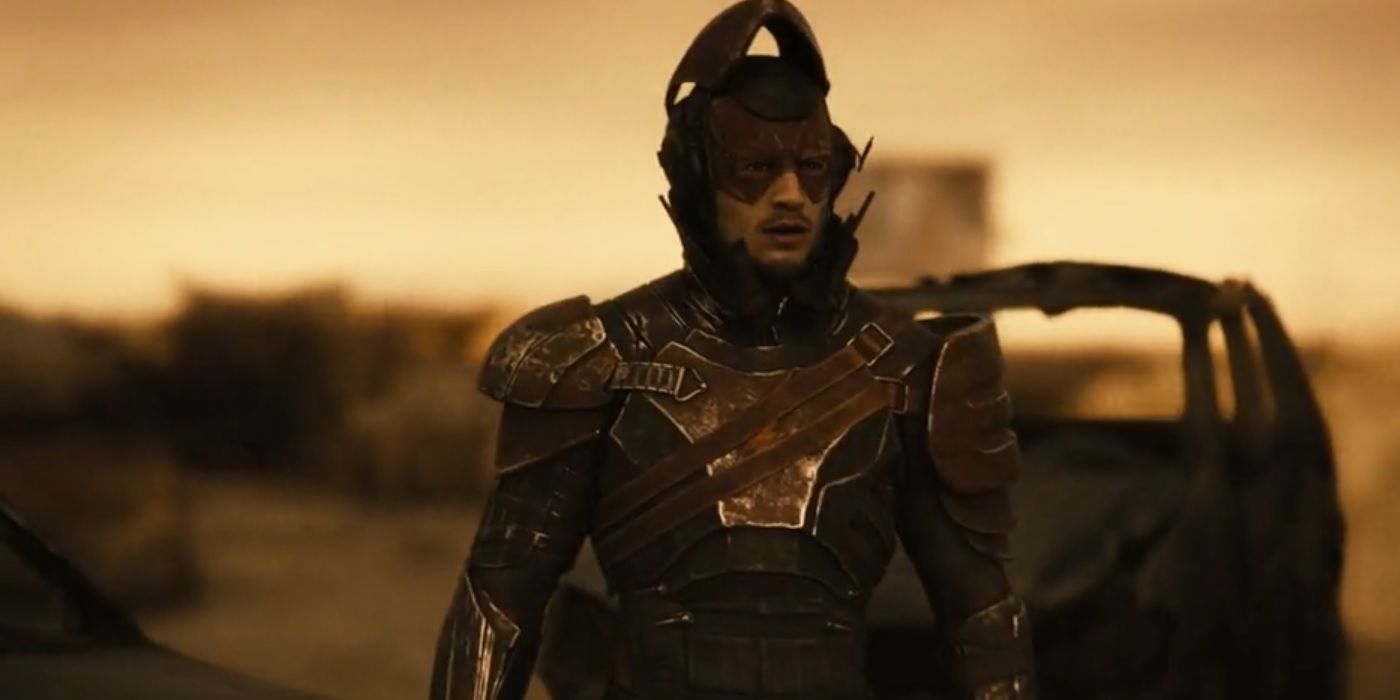
We also had the exciting inclusion of two important characters in the Snyder Cut that hopefully will not merely have been Easter eggs for DC fans. The Martian Manhunter (played by Harry Lennix) made a couple of appearances, including an introduction to Batman at the very end of the movie. And Ryan Choi (played by Kai Zheng), Silas Stone’s lab partner, becomes The Atom in the comics. His heroic nature was hinted at in the Snyder Cut when he was recognized as “Director of Nanotechnology.” We also got to see Artemis, Zeus, Ares, and a Green Lantern in the early flashback to Darkseid’s first invasion. If Warner Bros makes the right call, we will hopefully see how these minor character appearances can develop in future films.
Does the success of the Snyder Cut imply a newfound advantage for superhero films to adopt increasingly longer runtimes? Not necessarily. Zack Snyder’s Justice League emulated the Lord Of The Rings movies in their long-form epic quest development. The Snyder Cut story was charged with accomplishing a ton of world-building to set up the elements not only for the story at hand but future stories. Its scope was only necessary to be able to tell the large story it wanted to tell, and this won’t necessarily be needed for many other movies going forward. To fans, it may be gratifying to know that this precedent has been set, that the door has been officially opened by a major studio for future superhero movies to tell such large stories. But it’s also important to note that not every movie needs to or should model itself after the Snyder Cut. Nor will any future movie probably have such fervent, relentless proponents as the Snyder Cut did. Hopefully, such dissatisfaction will seldom reoccur in a devoted fandom again, and for now, we can simply appreciate Zack Snyder’s Justice League for the awesome cinematic experience that it is.
